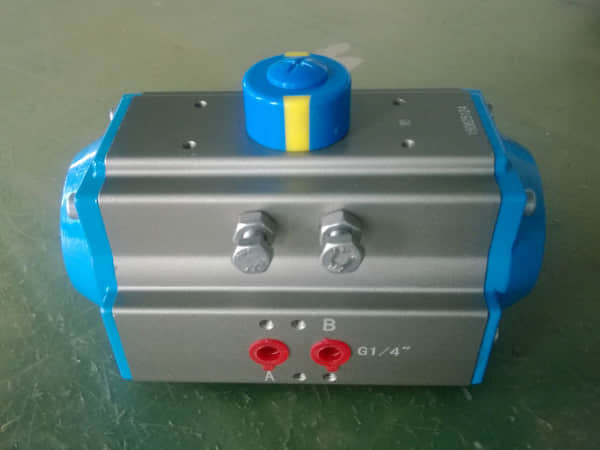In the realm of modern industrial automation, the pneumatic actuator stands as a pivotal component, facilitating precise and reliable control of valves and other mechanical devices. This article delves into the intricacies of the pneumatic actuator, exploring its principles, characteristics, and widespread applications.

At its core, a pneumatic actuator is a mechanical device that converts compressed air into linear or rotary motion, allowing for the controlled operation of valves or other industrial equipment. Its working principle relies on the use of pressurized gas, typically compressed air, to create a force that can be harnessed to perform desired tasks. This force is generated by the expansion of gas within a chamber, driving components such as pistons or gears to move in a controlled manner.

The versatility and reliability of pneumatic actuators make them a favorite choice in numerous industrial settings. One significant advantage of pneumatic actuators is their ability to operate in environments where electricity is not available or unsafe to use. Additionally, the use of compressed air as the power source ensures a clean and contaminant-free operation, making them suitable for applications where hygiene and safety are paramount concerns. Moreover, pneumatic actuators offer a high degree of controllability. The force generated by the actuator can be easily adjusted by varying the pressure of the compressed air, allowing for precise and repeatable movements. This controllability, coupled with their robust construction and long service life, makes pneumatic actuators an ideal choice for demanding industrial applications.
